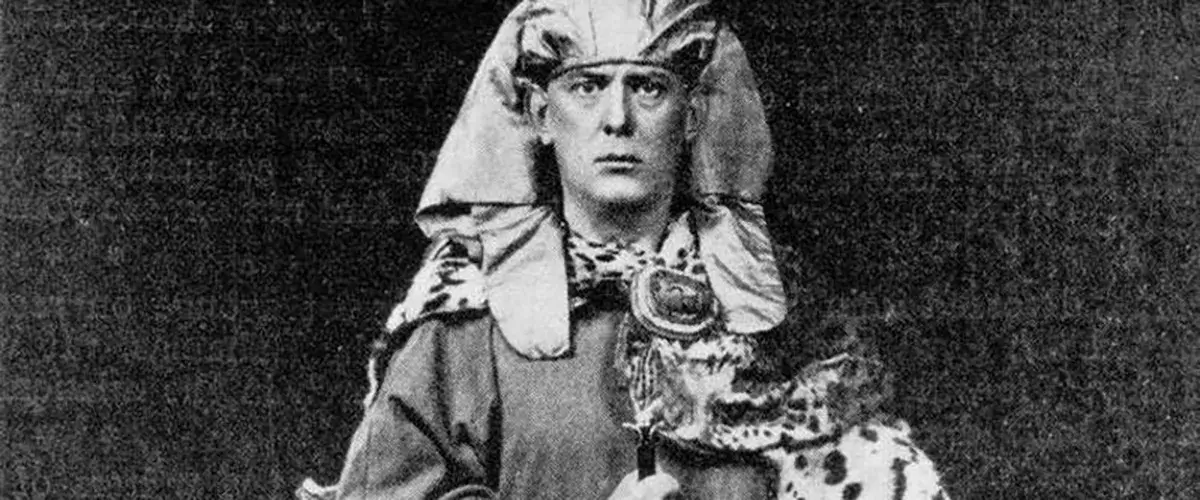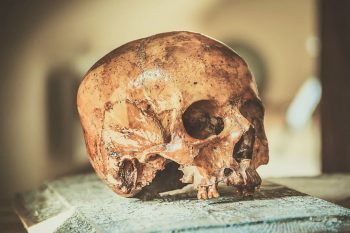What is the Hermetic Order of the Golden Dawn?
The Hermetic Order of the Golden Dawn was a secret society and magical order founded in the late 19th century in England. It was devoted to the study and practice of various forms of occultism, including Hermeticism, divination, alchemy, and ritual magic. The organisation attracted a number of notable members and had a significant influence on the development of Western esotericism in the 20th century.
Brief history of the order
The Hermetic Order of the Golden Dawn was founded in 1888 by three British Freemasons: William Wynn Westcott, Samuel Liddell MacGregor Mathers, and William Robert Woodman. According to their own accounts, the three men claimed to have discovered ancient documents that contained secret wisdom and teachings related to magic, Hermeticism, Kabbalah, and alchemy.
Using these documents as the basis for their teachings, the founders created a system of ritual magic and initiations that was based on a hierarchical structure with different grades of membership. These grades included the Outer Order (Neophyte, Zelator, Theoricus, Practicus, and Philosophus) and the Inner Order (Adeptus Minor, Adeptus Major, and Adeptus Exemptus).
The Golden Dawn quickly attracted a following of enthusiastic students, many of whom were already involved in various forms of occultism and esotericism. The organisation’s teachings were based on a mixture of various traditions and sources, including Hermeticism, Kabbalah, the Tarot, alchemy, and astrology. The Order was known for its emphasis on personal spiritual development and self-discovery, as well as its use of ritual magic to achieve these goals.
However, the Golden Dawn was not without its share of internal conflicts and power struggles. In 1900, founder William Robert Woodman died, and in 1901, William Wynn Westcott retired from active involvement in the Order. This left Samuel Liddell MacGregor Mathers as the sole leader of the Golden Dawn, a position he would hold until his expulsion in 1900.
After Mathers was expelled, the Order began to splinter into various factions and offshoots, with some members forming new magical orders based on the teachings of the Golden Dawn. These included groups such as the Stella Matutina and the Alpha et Omega.
Despite its relatively short lifespan (the original Golden Dawn only lasted for about a decade), the organisation’s influence on Western esotericism has been significant. Many of its teachings and practices have been adopted and adapted by subsequent magical orders and practitioners, and the Golden Dawn remains a subject of fascination and study for those interested in the history of Western magic and esotericism.
What types of initiation rituals did they use?
The initiation rituals of the Hermetic Order of the Golden Dawn were an important part of the organization’s teachings and practices. These rituals were designed to help members progress through the Order’s hierarchical structure and gain deeper knowledge and understanding of its magical and spiritual teachings.
As mentioned above, the rituals were based on a system of grades, with each grade requiring a specific set of knowledge, skills, and experiences. The initiation ceremonies themselves were highly formalised and involved a series of symbolic gestures, words, and actions.
One of the most well-known initiation rituals of the Golden Dawn was the “Neophyte” initiation, which was the first grade in the Order’s Outer Order. This ceremony involved a symbolic journey through a series of chambers or rooms, each of which represented a different element or stage of the Neophyte’s journey. The initiation also included various tests and challenges that were designed to push the Neophyte to their limits and help them develop their magical and spiritual skills.
Other initiation rituals in the Golden Dawn included the Zelator, Theoricus, Practicus, and Philosophus grades, each of which built on the knowledge and experiences gained in the previous grade. The Inner Order of the Golden Dawn also had its own set of initiation rituals, which were reserved for members who had advanced through the grades of the Outer Order.
The initiation rituals of the Golden Dawn were highly secretive, and much of the organisation’s teachings and practices remain shrouded in mystery to this day. However, many of the basic principles and practices of the Golden Dawn have been documented and are still studied and practiced by modern-day magical orders and practitioners.
Notable members of the Hermetic Order of the Golden Dawn
The order attracted a number of notable members during its brief existence. Here are some of the most well-known individuals who were involved:
Aleister Crowley: Perhaps the most famous member of the Golden Dawn, Crowley was a prolific writer and occultist who went on to found his own magical order (the A∴A∴) after leaving the Golden Dawn. Crowley’s time in the Golden Dawn was brief but influential, and he was initiated into the organisation’s Inner Order in 1898.
W.B. Yeats: The Irish poet and playwright was a member of the Golden Dawn from 1890 to 1897. Yeats was particularly interested in the Order’s use of the Tarot and its emphasis on spiritual development, and he later incorporated many of these ideas into his own poetry and writing.
Maud Gonne: The Irish revolutionary and feminist was another prominent member of the Golden Dawn. Gonne was a friend and muse of W.B. Yeats, and her involvement in the organisation helped to bring more attention to its teachings and practices.
Florence Farr: An actress and playwright, Farr was a key figure in the Order’s Inner Circle and was responsible for developing many of its initiation rituals and teachings.
MacGregor Mathers: One of the three founders of the Golden Dawn, Mathers was a controversial figure who was expelled from the order in 1900. Despite his tumultuous relationship with the organisation, Mathers was instrumental in shaping its teachings and practices, and his influence can still be felt in many modern-day magical orders and practices.
Annie Horniman: A wealthy heiress and theater producer, Horniman was one of the main financial backers of the Golden Dawn and played a significant role in supporting its activities and members.

